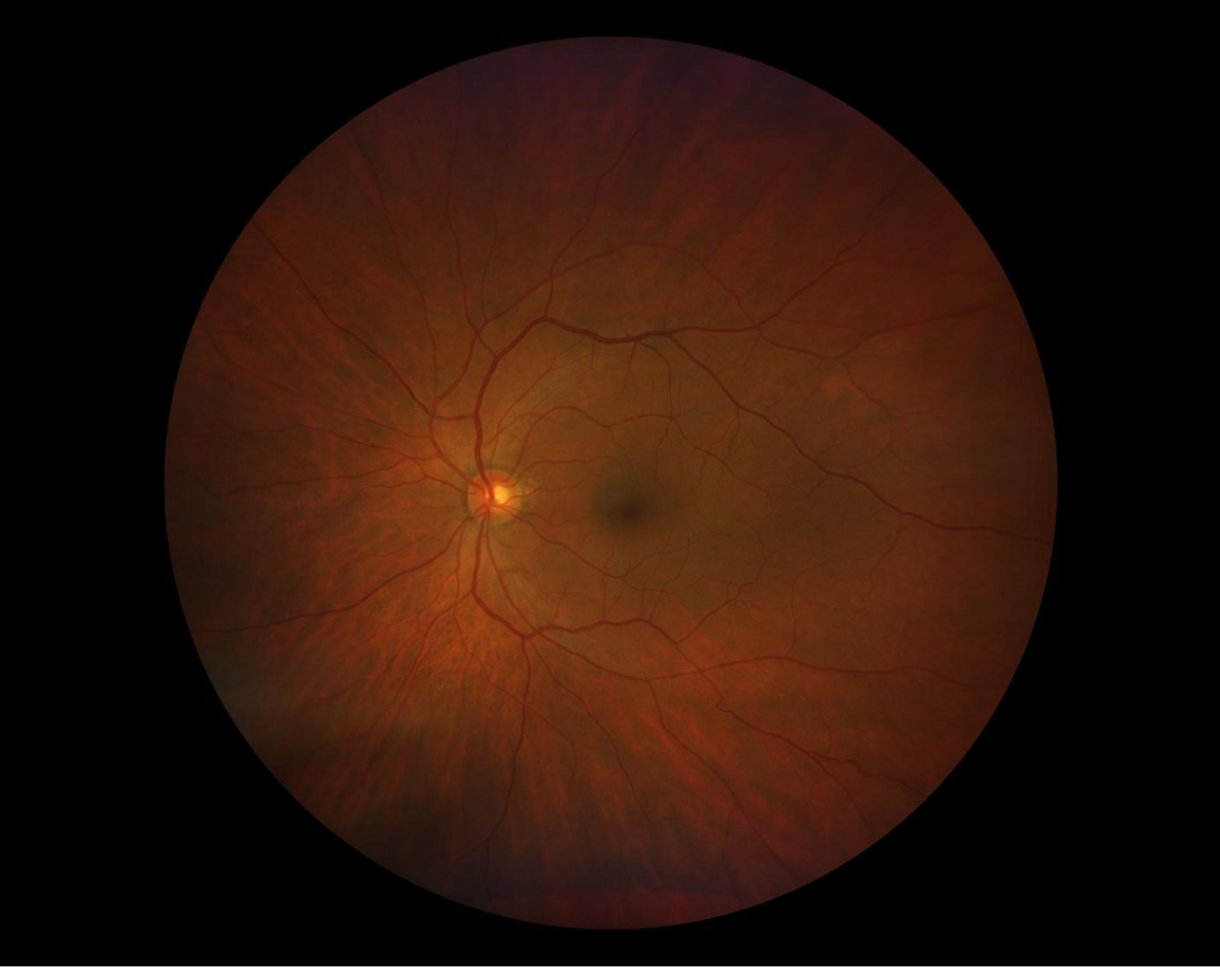DIABETIC RETINOPATHY
The most serious problem that diabetes can cause is called diabetic retinopathy, which affects 4.4 million people in the country.
Diabetic Retinopathy is one of the most common causes of blindness in patients aged 20-74. Diabetes can also cause cataracts and glaucoma.
WHAT IS DIABETIC RETINOPATHY?
Diabetic retinopathy is the most common eye condition caused by diabetes. Elevated glucose levels in the bloodstream can cause damage to the blood vessels of the retina.
Sometimes the blood vessels dilate, leaking fluid and collapsing entirely. At other times, abnormal blood vessels may form on the retinal surface. If not treated in time, retinopathy can lead to vision loss and permanent blindness.
Unfortunately, diabetic retinopathy can debut asymptomatically. The best way to protect yourself against it is by getting a fundus exam at least once a year or as frequently as recommended at Horta-Santini Eye Care. During your eye exam, the Horta-Santini Eye Care team can detect changes early-on before they become harmful and permanent.
Normal retina
Untreated retina
RISK FACTORS
01
ELEVATED GLUCOSE LEVEL
If you properly control your glucose levels, then you can delay the onset and severity of diabetic eye diseases.
02
BLOOD
PRESSURE
Suffering from high levels of cholesterol stimulates greater accumulation of proteins in the blood vessels, which can damage the retina if deposited on it.
03
HIGH CHOLESTEROL
Elevated blood pressure can cause damage to blood vessels, which increases the risk of developing diabetic retinopathy.
04
ETHNIC
GROUP
Latinos, African Americans and Native Americans are at greater risk of developing diabetic retinopathy when compared to other ethnic groups.
Floaters in your field of vision.
Blurred vision.
Decreased visual acuity
Dark areas in your field of vision.
Poor night vision.
Changes in your color vision.
Visual loss.
You may be asymptomatic in the early stages of the diabetic retinopathy. Therefore, it is of the utmost importance that you make your appointment to be evaluated at Horta-Santini Eye Care in order to avoid permanent visual changes.
Normal vision
Vision with Diabetic Retinopathy
DIAGNOSIS
01
FUNDUS EXAM
As part of your routine Horta-Santini Eye Care exam, drops will be applied to dilate your pupil. You will then be evaluated with special lenses monitoring changes in the retina and macula.
02
OPTICAL COHERENCE TOPOGRAPHY (OTC)
In this test a dye is injected into a vein in the arm. This dye travels to the back of the eye and allows us to evaluate the posterior circulation of the eye. A special camera takes photos in the back of the eye thus identifying the abnormal blood vessels to then be treated.
03
FLUORESCEIN ANGIOGRAPHY
Is a way to more closely inspect the retina. A machine photographs the retina and provides detailed images of the retina and macula.





